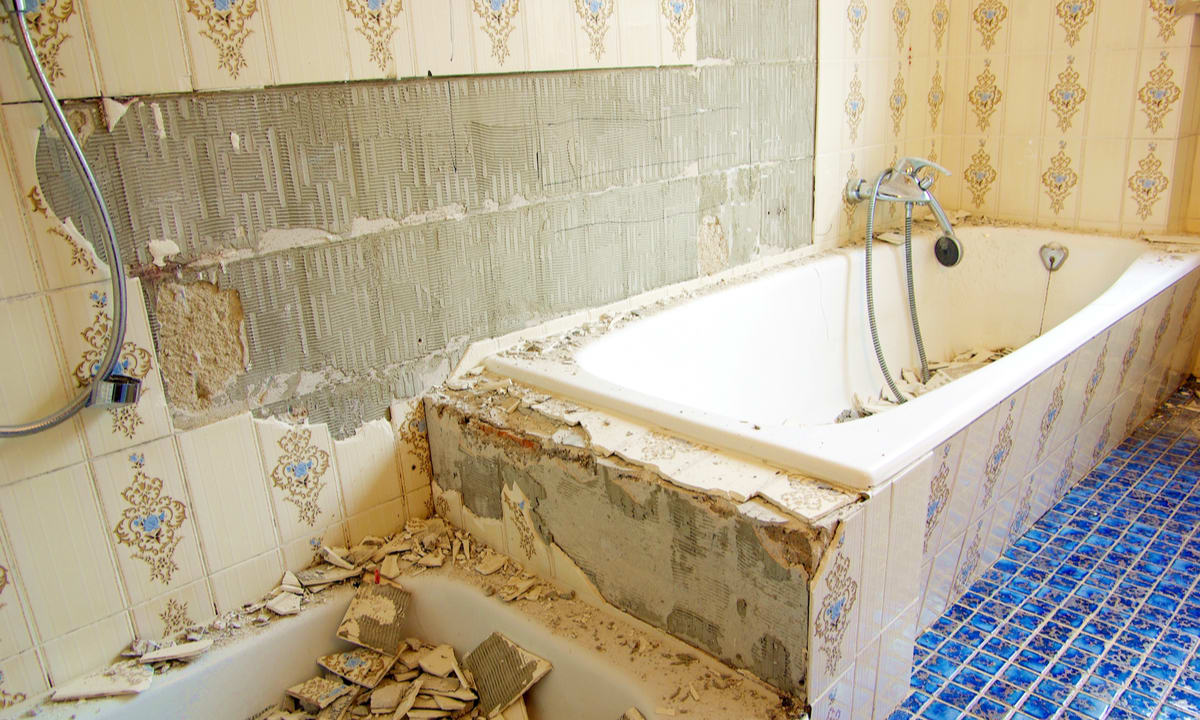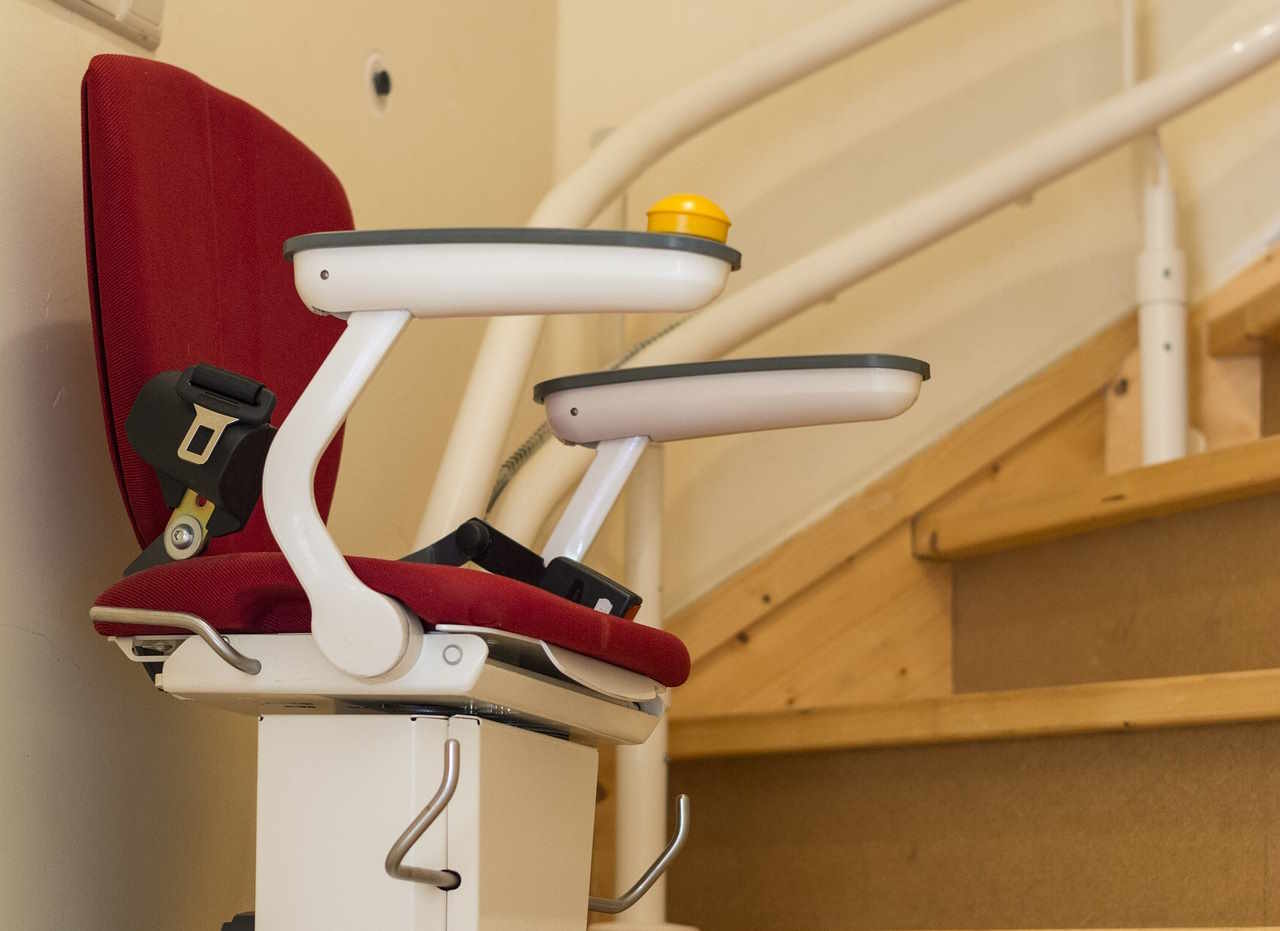"Transforming Spaces: The Rise of Multi-Functional Home Designs"
Introduction: Life in the 21st century is all about efficiency and functionality. As our lives become busier, we are constantly looking for ways to make every minute count. The same principle is applied to our homes, where multi-functional designs are gaining popularity. This shift in home design is not only about saving space but also about enhancing our quality of life by creating flexible and efficient living spaces.

The Evolution of Multi-Functional Designs
Multi-functional designs stem from the need for space optimization and the desire for a more flexible lifestyle. This design concept started in the mid-20th century with the invention of convertible furniture, such as the Murphy bed. Since then, multi-functional designs have evolved to include everything from foldable tables to adjustable shelves. Today, the concept has expanded beyond furniture to architectural designs that allow rooms to serve multiple purposes.
Current Trends in Multi-Functional Home Designs
The current trend in multi-functional designs is all about creating spaces that can easily transition from one function to another. For example, a dining room can quickly transform into a home office or a guest room. This is achieved through innovative furniture designs and smart storage solutions. Some trends include modular furniture, hidden storage, and movable walls.
Practicality of Multi-Functional Designs
A multi-functional design can enhance daily living by providing flexibility and efficiency. For example, having a home office that can double as a guest room can be invaluable for individuals who work from home but also frequently host guests. Moreover, multi-functional designs can help in decluttering and maintaining a tidy home, enhancing mental wellbeing.
Market Trends of Multi-Functional Designs
The market for multi-functional designs is growing, driven by the increasing demand for flexible and efficient living spaces. This trend is particularly prevalent in urban areas where space is a premium. Furthermore, with the shift towards remote work, the demand for home offices that can double as living spaces is on the rise.
The Impact of Multi-Functional Designs on Daily Living
Multi-functional designs are not just about space-saving; they are about enhancing the quality of life. They allow for flexibility and adaptability, which are essential in our ever-changing modern lifestyles. Whether it’s being able to work comfortably from home or having the space to engage in hobbies, multi-functional designs enable us to do more with less, leading to a more efficient and fulfilling life.
In conclusion, multi-functional designs represent a significant shift in home design, driven by the need for flexibility and efficiency. As our lives continue to evolve, we can expect this trend to further shape our living spaces, making them more adaptable and functional than ever before.




